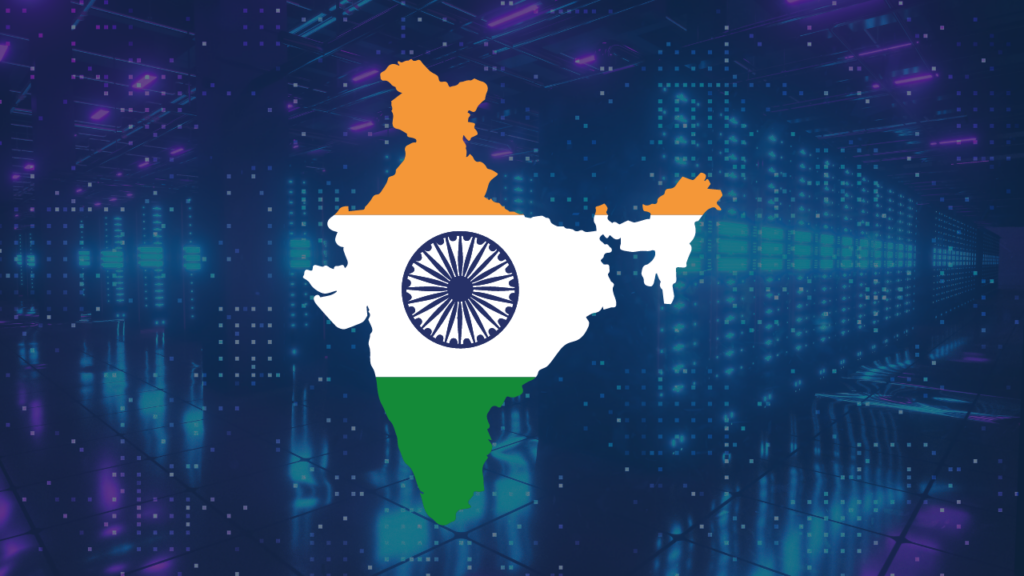Generative AI: Unlocking opportunities for India’s future

Earlier this month, during my travels in Geneva, I encountered a distressing experience with my Indian cellular service provider, leaving me stranded in an unfamiliar city for hours. Upon returning to India, and after countless futile attempts to communicate with the company’s customer service agents, I decided to file a lawsuit. However, seeking legal advice proved challenging, as many lawyers hesitated to take on a case that wouldn’t yield substantial fees, highlighting the urgent need for accessible legal aid for millions of Indians who cannot afford legal services.
In my quest for solutions, I stumbled upon LawBot Pro, a ChatGPT-powered generative AI tool that efficiently provided me with a potential list of actions to take. With the help of this tool, I successfully drafted a legal complaint and received a positive response.
Generative AI can help India fulfil its citizens’ right to legal aid
Despite India’s Constitution mandating free legal aid for all individuals, including those who cannot afford a lawyer’s services, the reality falls short, especially with just one lawyer available for approximately every 1800 people. Former Chief Justice of India (CJI) Ranjan Gogoi pointed out that the lawyer-to-population ratio in India is significantly lower compared to developed countries, making legal aid inaccessible to many.
In this context, tools like LawBot Pro have become immensely relevant. The tool’s creator, Mandaar Mukesh Giri, a lawyer from a family of legal professionals, developed LawBot Pro with the vision of providing much-needed legal aid to India’s vast population.
“I realised India has a big population with very little access to legal aid, especially during my college days,” said Mr Giri, who has actively participated in legal aid drives. The idea of assisting people pro bono through a digital tool came to him when he first learned about generative AI models. LawBot Pro has experienced exponential growth, boasting over 81,000 users and emerging as a go-to source for thousands of Indians seeking legal guidance.
The transformative power of generative AI in India
While the hype around the launch of the next big Generative AI tool or platform has dominated media coverage, it is essential to recognise that tools like LawBot Pro and hundreds of other individual-driven solutions are the true representations of how Generative AI is impacting India. Enabled human language programming has made AI accessible to a broader audience, with ChatGPT alone gaining 100 million users quickly.
The transformative potential of generative AI to reshape industries and drive economic growth is now widely acknowledged. Goldman Sachs estimates that Generative AI could raise global GDP by 7% (USD 7 trillion) and boost productivity by 1.5% in the next decade. Additionally, PwC projects an estimated USD 15.7 trillion potential contribution to the global economy by 2030 through harnessing the power of Generative AI.
For India, this technology has emerged as a powerful tool, driving economic opportunities across various industries. The projected market growth for Generative AI is substantial, with estimates reaching USD 51.8 billion by 2028. With improved productivity, automation, and decision-making capabilities, generative AI fosters growth, efficiency, and competitiveness across sectors, and it has the potential to contribute USD 7 trillion to the global GDP and enhance productivity by 1.5% in the next decade.
India, with its abundant data, creative industry, and linguistic diversity, is ideally positioned to leverage generative AI for driving economic growth and fostering innovation across various sectors. Some opportunities include:
- Agriculture: KissanGPT, an AI chatbot developed exclusively for India’s agricultural domain, empowers farmers with valuable guidance on irrigation techniques, pest control, and crop cultivation. By leveraging Generative AI, farmers can optimise their farming practices, increase productivity, and make better informed decisions.
- Insurance: PolicyGPT, developed by Bengaluru-based start-up Plum, is transforming the insurance industry in India. This GPT-3-based chatbot educates consumers about their health insurance policies, simplifying complex terms and answering queries related to coverage, inclusions, and exclusions. By enhancing consumer understanding, generative AI improves transparency and accessibility in the insurance sector.
- Cultural and Spiritual Heritage: GitaGPT, an AI chatbot developed by a Google India software developer, utilises the teachings of the Bhagavad Gita to answer life’s problems. This innovative application of generative AI allows individuals to engage with Hindi cultural and spiritual heritage in a personalised and meaningful way, providing insights and guidance.
- Language Support and Localization: BharatGPT, developed by Bengaluru-based conversational AI platform CoRover, offers broader language support than existing models. It can process rich data types, including photos, audio, video, and maps, making it well-suited for India’s diverse language context. By enabling effective communication and localisation, generative AI enhances accessibility and inclusivity across different regions and communities.
These examples illustrate the potential impact of Generative AI to address specific challenges and drive economic growth in India. The widespread adoption of Generative AI tools tailored to India’s needs can pave the way for innovation, empowerment, and inclusive development.
Democratising AI usage and empowering underserved communities
Generative AI can not only serve and empower India’s diverse and underserved communities. It can also bridge divides between them, and therein lies its true potential for India. Revolutionising access to technology and breaking down language barriers with tools like those developed under the Bhashini program democratise AI usage. Generative AI also provides life-changing opportunities for people with disabilities, enhancing accessibility and inclusivity.
A good example of this is Jugalbandi, which is a ground-breaking free and open platform that combines the power of ChatGPT and Indian language translation models under the Bhashini mission to power conversational AI solutions in any domain. The platform exemplifies the true potential of Generative AI in addressing diverse challenges faced by India’s vast population.
Jugalbandi harnesses the possibilities of Generative AI to create innovative solutions beyond the mere media hype. The platform’s unique blend of ChatGPT and Indian language translation models opens up exciting opportunities for AI-driven conversations in local languages, breaking language barriers and enabling broader accessibility.
One of Jugalbandi’s remarkable applications is its Chatbot for Government Schemes, a collaboration with MyScheme. These intelligent bots, accessible through popular messaging platforms like WhatsApp and Telegram, serve as indispensable resources for citizens, guiding them through complex government schemes. By offering easy-to-understand explanations and assisting with the application processes, these bots empower citizens to make informed decisions and avail themselves of various government benefits.
How can India avoid the ethical and societal pitfalls?
With its tremendous potential, generative AI presents unique challenges, including ethical considerations, legal implications, and societal impact. Responsible use, transparency, and accountability are crucial to address concerns related to bias, misinformation, and deep fakes. Stakeholders, including policy makers, developers, and researchers, must work together to establish comprehensive frameworks and guidelines to ensure that generative AI is used and developed responsibly.
“A significant number of people are still looking at AI as a threat. There is generally low acceptance with regard to AI as people are still relating AI with Hollywood movies they might have watched, in which it is often portrayed as how AI is going to take over the world. There is a dire need to educate people,” said Generative AI artist Tapan Aslot.
The fear of being replaced by machines in the workspace is always a major concern whenever a new technology arises. The recent boon in generative AI has just amplified this concern. According to a Goldman Sachs report, generative AI could impact up to 300 million jobs globally. Generative AI could also substitute up to 25% of current work in the US and 24% in Europe while complementing most of the remaining work.
The generative AI boom has also led to a widespread call to regulate the technology. This, again, is related to its potential to amplify the spread of misinformation that can have varying impacts, especially when these language models produce outputs that are not real. According to researchers, AI can “hallucinate”, or generate convincing and confident responses that its training data do not justify.
“In markets like India, content can go out and spread quickly,” says Aveekshith Bushan, Vice President, GM – APJ at Aerospike, a real-time data platform. “There could be biases and misinformation. We have already seen it on the other side of ChatGPT, where the output is irrelevant to the content searched. People will have to decipher and say what looks relevant and what does not,” he added.
This has also led Indian authorities to look deeper at the AI regulation space. The Telecom Regulatory Authority of India released recommendations titled “Leveraging Artificial Intelligence and Big Data in the Telecommunication Sector” on July 20th, 2023
Despite the fear of job displacement, generative AI’s positive impact on India and the global economy cannot be denied. It represents an unprecedented opportunity to democratise the powerful instrument of the computer, making AI accessible to millions who can use it for their benefit, businesses, and the country’s progress.
The rise of LawBot Pro and other generative AI tools signifies a transformative era in India’s technological landscape. By embracing generative AI responsibly and addressing its challenges, India can unlock a world of innovation, empowerment, and inclusive development. As we navigate this exciting new frontier, collaboration and ethical use will be key to ensuring a brighter future for all.

































